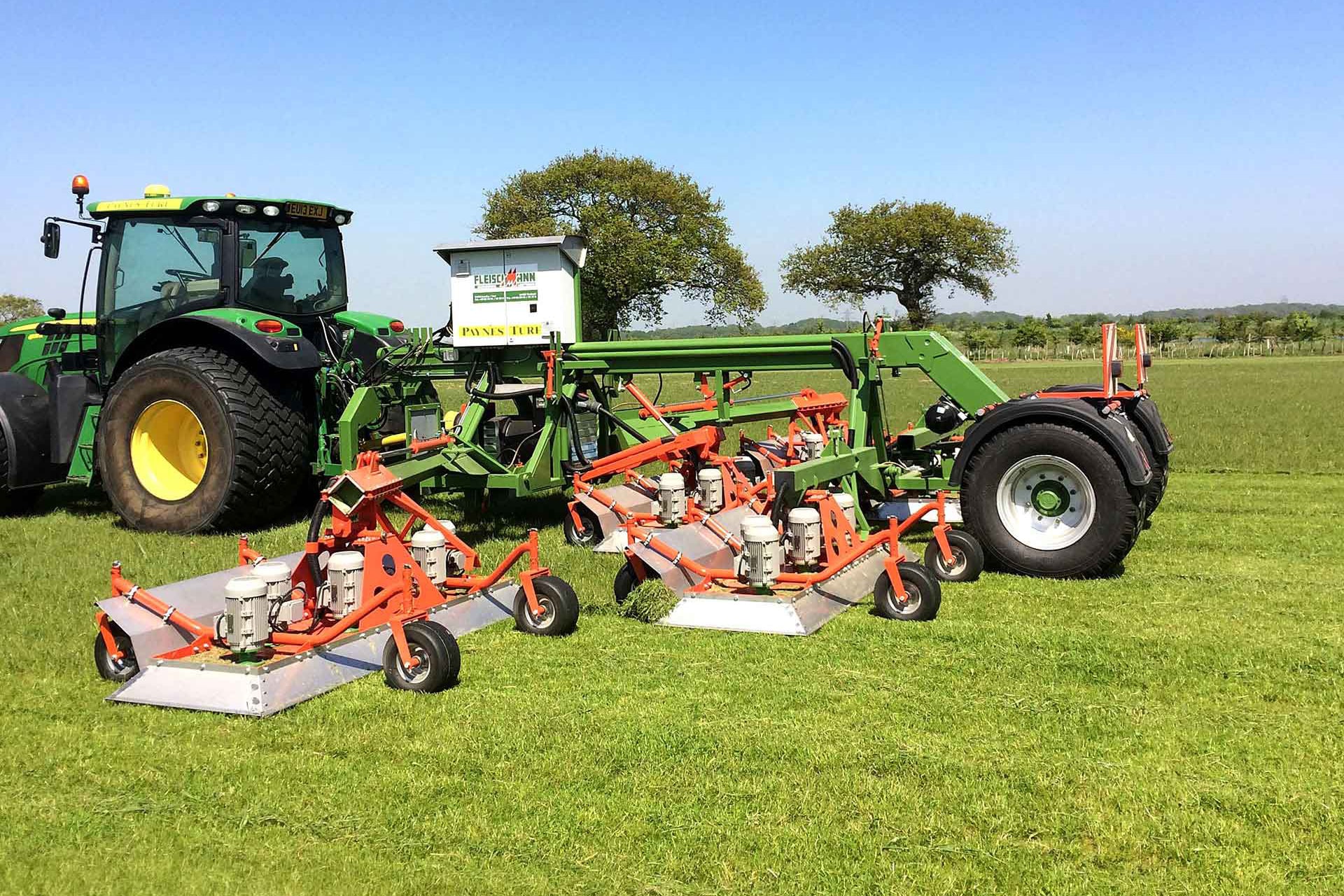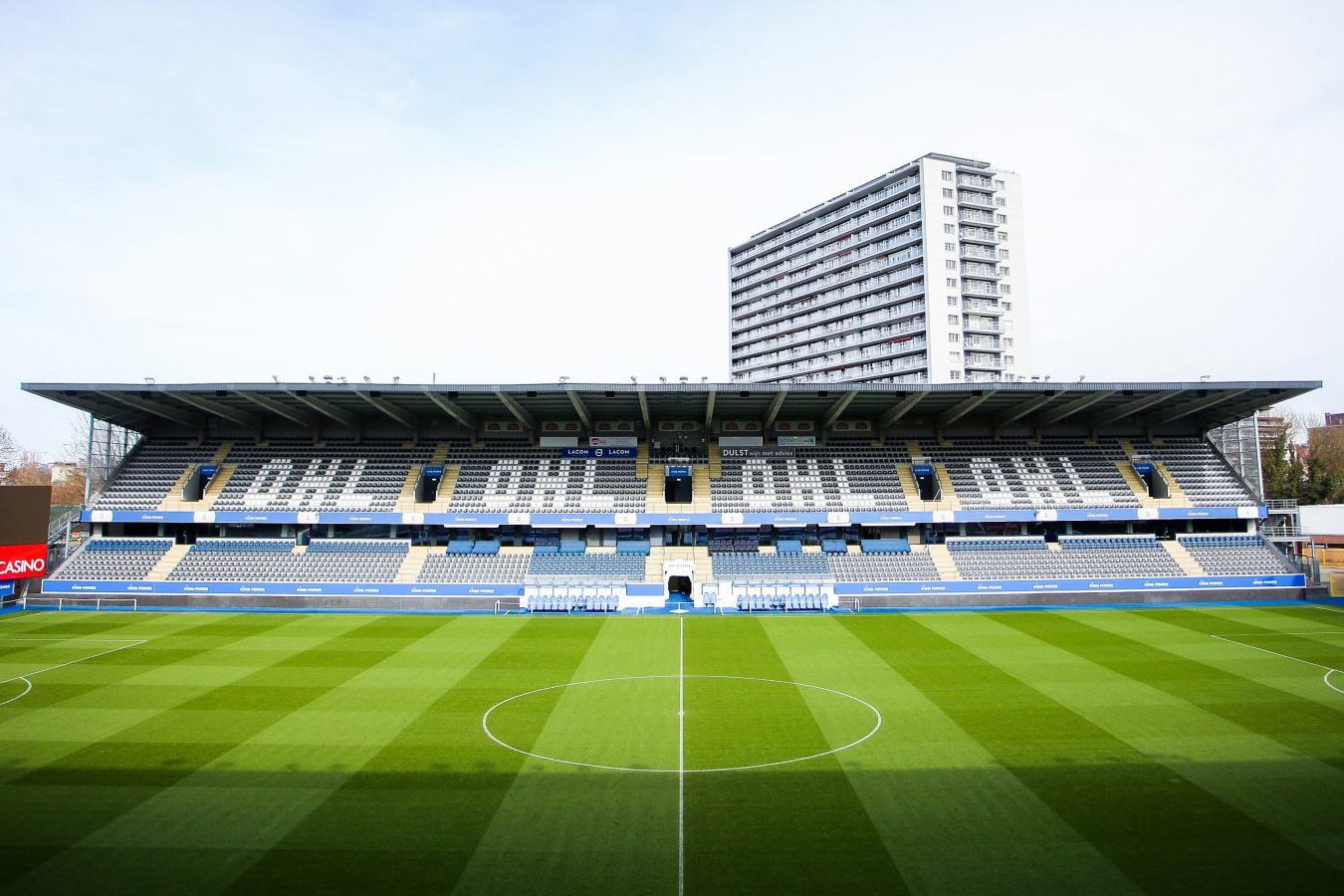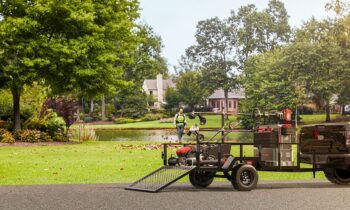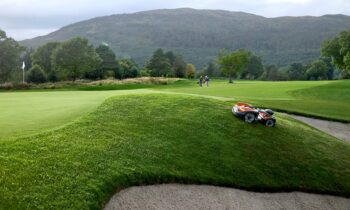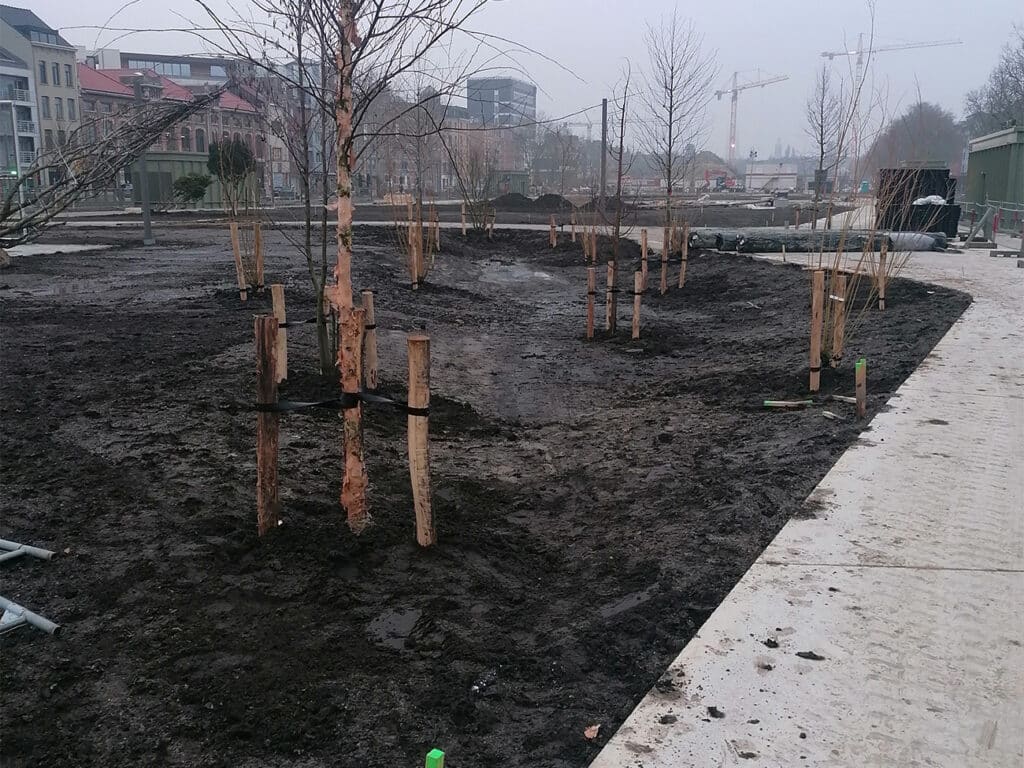
Smart retention crates and substrates for nutrition planting
Late last year, work began on the park at Gedempte Zuiderdokken. The renovated site will have two major functions: parking underground and a park above ground, good for 32,000 m² of additional green space. For the reuse of rainwater for the trees in the park, an appeal was made to the expertise of TerraViva, specialists in softening and ride-on lawn
Together, the Gedempte Zuiderdokken form an elongated square in the south of Antwerp, parallel to the Scheldt bank. It is a beautiful open space that was used as a huge parking lot. Useful, but also a missed opportunity. Under the name "Dok Zuid," this area is being transformed into a versatile attraction for visitors. With an underground parking lot and an above-ground park, the new square has two major functions. The works for the construction of the park were started at the end of last year.
Future
With this project, the city of Antwerp wants, among other things, to respond to the challenges of the future, such as the expected more frequent and intense rain showers and higher risks of flooding. The final design finalized and elaborated the water concept: water can easily seep into the ground, a crate system irrigates the trees, there are rainwater cisterns, the gardens and grassy meadow serve as water buffers, the water is reused for play and for buffering water in the wadis.
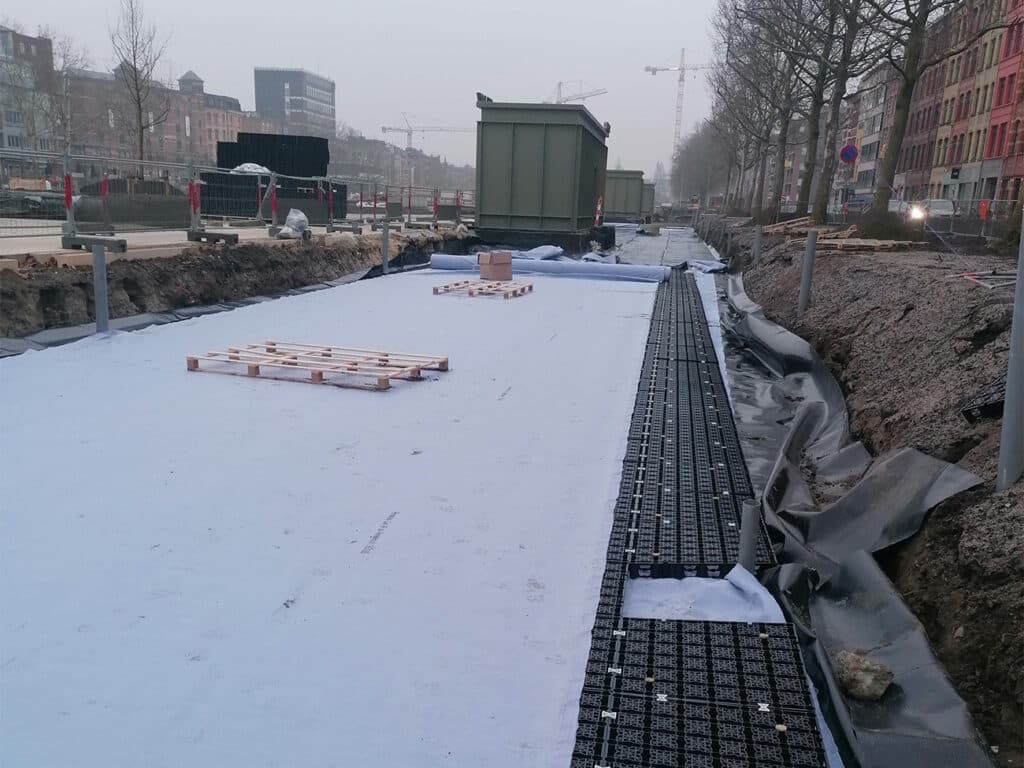
TerraViva
The system for reusing rainwater to irrigate the trees was devised by Tractebel Engineering. Acterra nv is responsible for supplying the substrates. "Thanks to an intense collaboration between Dockx & Co and Acterra - producer of TerraViva substrates - we were able to win the order for delivery," says manager Bart Geerts.
Acterra specializes in the production of plant substrates for, among other things, underground growth spaces for trees in urban areas. Bart Geerts: "Underneath the entire surface is a 10 cm thick buffer basin. By means of 8-cm-high retention crates, the collected rainwater is drawn upwards via wicks. Above the blades is a geotextile that allows water to spread horizontally, and on that geotextile are then our soil substrates. And those substrates pull up just enough water to feed the trees, but also leave enough oxygen in the soil for the trees to root and grow."
Unique expertise
For Acterra, this is a custom project. "It is also a particularly large project, and of course technically challenging. The art consists in putting the substrates together in the right way. And therein lies our unique expertise. Obviously a lot of thinking and testing goes into this. The system to feed trees in this way already exists, but it is the composition of the substrates that makes the system even more efficient," concludes Bart Geerts.
